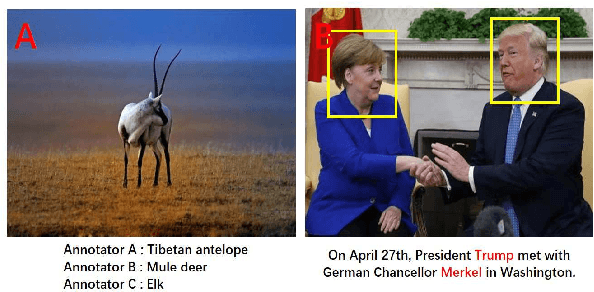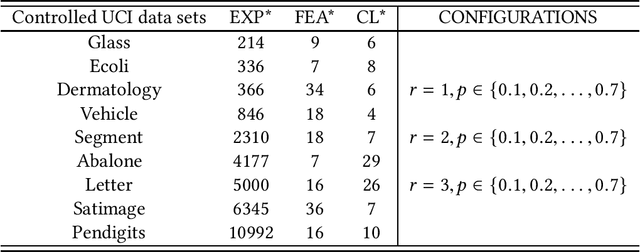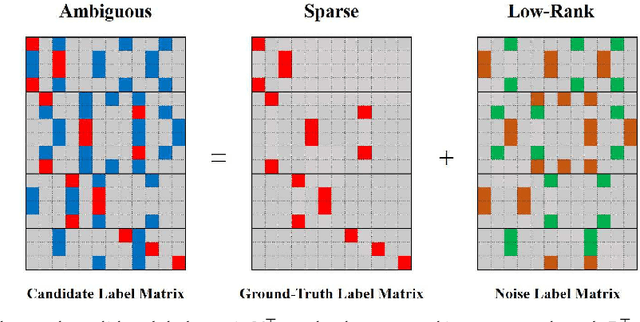Guojun Dai
EEG-Driven 3D Object Reconstruction with Color Consistency and Diffusion Prior
Oct 29, 2024Abstract:EEG-based visual perception reconstruction has become a current research hotspot. Neuroscientific studies have shown that humans can perceive various types of visual information, such as color, shape, and texture, when observing objects. However, existing technical methods often face issues such as inconsistencies in texture, shape, and color between the visual stimulus images and the reconstructed images. In this paper, we propose a method for reconstructing 3D objects with color consistency based on EEG signals. The method adopts a two-stage strategy: in the first stage, we train an implicit neural EEG encoder with the capability of perceiving 3D objects, enabling it to capture regional semantic features; in the second stage, based on the latent EEG codes obtained in the first stage, we integrate a diffusion model, neural style loss, and NeRF to implicitly decode the 3D objects. Finally, through experimental validation, we demonstrate that our method can reconstruct 3D objects with color consistency using EEG.
HERA: Partial Label Learning by Combining Heterogeneous Loss with Sparse and Low-Rank Regularization
Jun 03, 2019



Abstract:Partial Label Learning (PLL) aims to learn from the data where each training instance is associated with a set of candidate labels, among which only one is correct. Most existing methods deal with such problem by either treating each candidate label equally or identifying the ground-truth label iteratively. In this paper, we propose a novel PLL approach called HERA, which simultaneously incorporates the HeterogEneous Loss and the SpaRse and Low-rAnk procedure to estimate the labeling confidence for each instance while training the model. Specifically, the heterogeneous loss integrates the strengths of both the pairwise ranking loss and the pointwise reconstruction loss to provide informative label ranking and reconstruction information for label identification, while the embedded sparse and low-rank scheme constrains the sparsity of ground-truth label matrix and the low rank of noise label matrix to explore the global label relevance among the whole training data for improving the learning model. Extensive experiments on both artificial and real-world data sets demonstrate that our method can achieve superior or comparable performance against the state-of-the-art methods.
 Add to Chrome
Add to Chrome Add to Firefox
Add to Firefox Add to Edge
Add to Edge